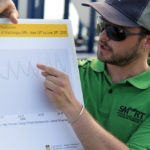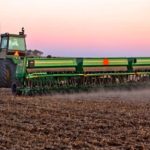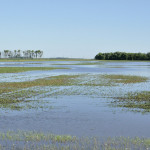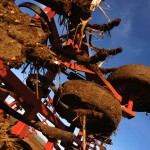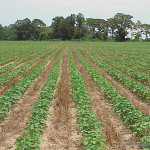Maybe it’s time for agriculture to climb down from its wartime footing. For decades now it’s been a battle as farmers fight nature, red in tooth and claw, to prevent crop damages and loss. It’s hardly surprising when you consider the historical context out of which our modern Green Revolution agriculture sprang. It took off




